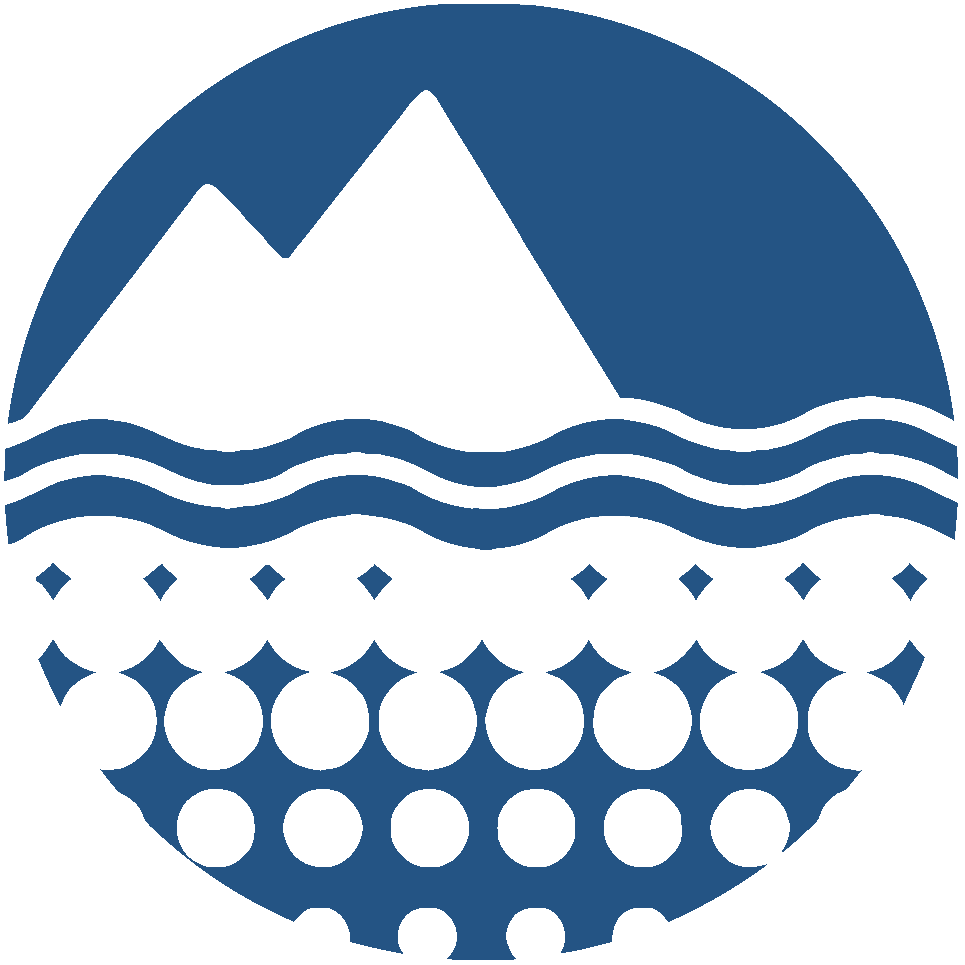

|
Zircon geochronology constraints on the geometry and solidification timescales of the Dufek layered mafic intrusion, Antarctica
Cite as
VanTongeren, J. (2026) "Zircon geochronology constraints on the geometry and solidification timescales of the Dufek layered mafic intrusion, Antarctica" U.S. Antarctic Program (USAP) Data Center. doi: https://doi.org/None.
Abstract
The ~ 182 Ma Dufek Intrusion of Antarctica, associated with the Ferrar Dolerite Province, is a large layered mafic intrusion that is estimated to be similar in size to the 8-9 km thick Bushveld Complex. Similar to the Bushveld Complex, the Dufek Intrusion displays a consistent stratigraphic progression of fractional crystallization all the way to the roof of the intrusion and contact with overlying granophyre. In this study, we test competing hypotheses for the 'big tank' vs. 'out-of-sequence emplacement' models for layered intrusions by presenting high precision CA-ID-TIMS zircon U-Pb ages, zircon εHf, and zircon trace element compositions of 10 samples throughout the Dufek Intrusion stratigraphy. Our results suggest that the majority of zircon found in layered mafic intrusions is crystallized from the interstitial melt within the cumulate mush pile and cannot record the high temperature crystallization of the original magma. Cooling durations to the 800°C isotherm recorded by the zircons are consistent with 1D thermal modeling of conductive cooling of a single 6-7 km thick magma chamber emplaced in the shallow crust, rather than two separate intrusions as previously proposed. We suggest that there is little to no missing stratigraphy separating the outcrops in the Forrestal Range and Dufek Massif in the Dufek Intrusion, but the two exposures are instead separated by a fault buried beneath the Sallee Snowfield. Our conclusion is consistent with available geochronology, geochemistry and geophysical observations in the region.
Creator(s):
Date Created:
2025-11-18
Repository:
USAP-DC (current)
Award(s)
Version:
1
Related Project(s)
Keywords
|
This dataset has been downloaded 0 times since March 2017 (based on unique date-IP combinations)